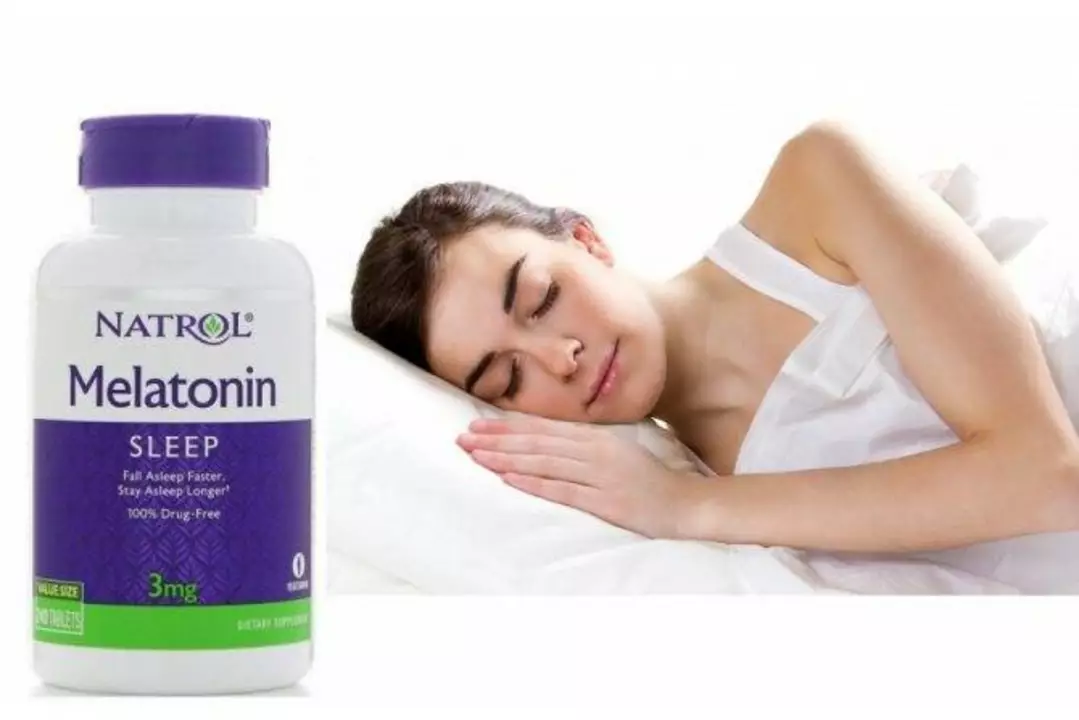Melatonin: What It Does and How to Use It Safely
Melatonin is a hormone your body makes to help you sleep. People take it as a supplement for jet lag, shift work, trouble falling asleep, or to reset sleep cycles. It’s not a sedative like prescription sleeping pills — it gently signals to your brain that it’s time to wind down. That makes it useful, but only if you use it the right way.
How to use melatonin safely
Start with a low dose. For most adults, 0.3–1 mg taken 30–60 minutes before bed often works. If that’s not enough, you can try 2–3 mg, and some people use up to 5 mg. Higher doses aren’t usually better and can cause grogginess the next day. Older adults often do better on lower doses.
Timing matters. Take it about an hour before your desired sleep time. For jet lag, take it close to the target bedtime at your destination for a few days. For shift workers, timing gets trickier — a sleep specialist can help create a plan so melatonin won’t clash with your work schedule.
Use it short-term first. Melatonin can help reset sleep patterns, but long-term safety data is limited. If you need it for months, check in with your doctor to review causes of insomnia and consider other treatments like CBT-i (cognitive behavioral therapy for insomnia), which has stronger long-term results.
Side effects, interactions, and cautions
Common side effects include drowsiness, headache, vivid dreams, and stomach upset. Don’t drive or operate heavy machinery if you feel sleepy. Melatonin can interact with blood thinners, diabetes meds, immune-suppressing drugs, and hormonal treatments like birth control—for example, birth control can raise melatonin levels. If you’re pregnant, breastfeeding, have autoimmune disease, or take multiple medications, talk to your healthcare provider first.
Children and teens: only use melatonin under a doctor’s guidance. Dosing for kids is lower, and long-term effects on development aren’t fully known.
Light exposure affects melatonin’s effect. Bright screens and room light in the hour before bed reduce its impact. Dim lights and a consistent bedtime routine will help melatonin work better.
Quality varies a lot between brands. Look for third-party testing (USP, NSF, or ConsumerLab) and check the label for exact melatonin amounts. Some products contain far more or less than stated. In some countries melatonin is a prescription drug, so follow local rules.
Want to try alternatives first? Good sleep hygiene often fixes mild sleep troubles: consistent sleep schedule, less caffeine late in the day, regular exercise, and a cool, dark bedroom. Melatonin is a helpful tool, not a quick fix for sleep problems caused by stress, pain, or untreated medical issues.
If melatonin helps you get back on track, great. If not, or if you feel worse, stop and speak with a clinician. Simple changes, the right dose, and decent product quality usually make the difference.

Melatonin and Exercise: How Physical Activity Affects Sleep Hormones
As a blogger, I recently delved into the fascinating connection between melatonin and exercise. It turns out that engaging in regular physical activity has a significant impact on our sleep hormones, particularly melatonin. Studies have shown that exercising, especially in the morning or afternoon, can help regulate melatonin production, leading to improved sleep quality and overall well-being. However, it's essential to avoid intense workouts close to bedtime, as it can disrupt melatonin production and negatively impact sleep. So, let's all get moving and enjoy the benefits of better sleep and a healthier lifestyle!
View More

